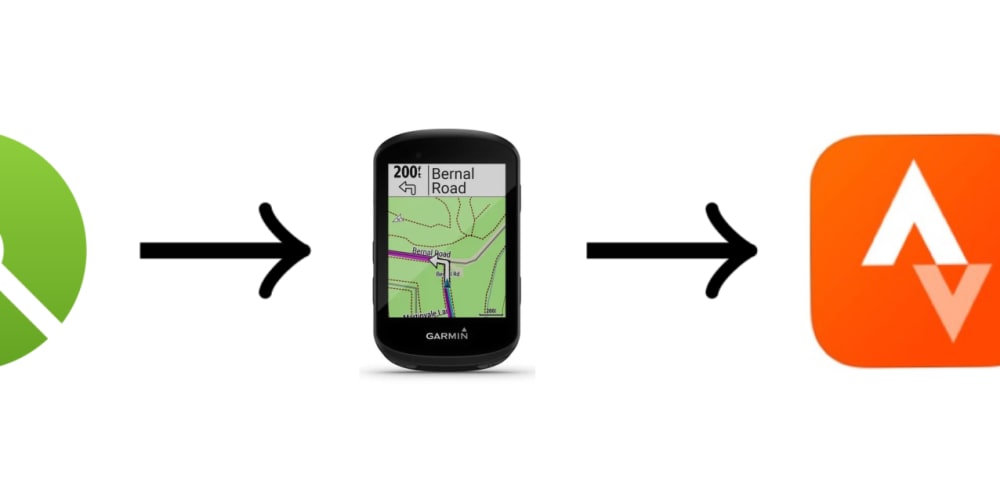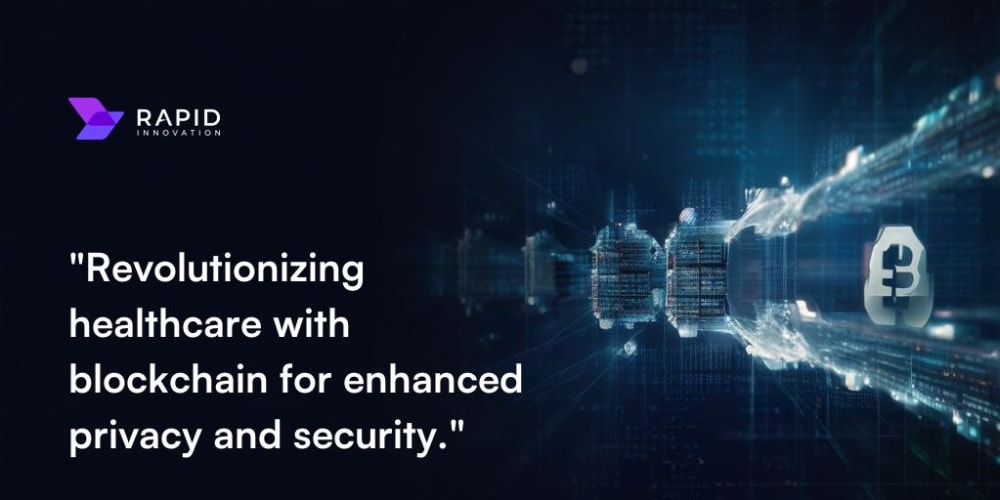<!DOCTYPE html>
First Blog: Diving into the Open Source Ocean
<br>
body {<br>
font-family: Arial, sans-serif;<br>
margin: 0;<br>
padding: 0;<br>
background-color: #f4f4f4;<br>
}</p>
<div class="highlight"><pre class="highlight plaintext"><code> header {
background-color: #333;
color: #fff;
padding: 1rem 0;
text-align: center;
}
h1, h2, h3 {
text-align: center;
margin-top: 2rem;
}
main {
max-width: 800px;
margin: 2rem auto;
padding: 1rem;
background-color: #fff;
box-shadow: 0 0 10px rgba(0, 0, 0, 0.1);
}
img {
display: block;
margin: 1rem auto;
max-width: 100%;
}
code {
background-color: #eee;
padding: 0.2rem 0.5rem;
border-radius: 3px;
}
pre {
background-color: #eee;
padding: 1rem;
border-radius: 3px;
overflow-x: auto;
}
ul, ol {
padding-left: 2rem;
}
li {
margin-bottom: 0.5rem;
}
footer {
background-color: #333;
color: #fff;
padding: 1rem 0;
text-align: center;
}
</code></pre></div>
<p>
First Blog: Diving into the Open Source Ocean
Introduction: Why Open Source?
In the vast digital realm, open source has become a powerful force, shaping the way we develop, share, and collaborate on software. It's not just about free code; it's about fostering a community of developers who contribute, learn, and build upon each other's work. This collaborative spirit has led to the creation of some of the most popular and influential technologies we use today, from operating systems like Linux to web servers like Apache and frameworks like React.
The benefits of open source are undeniable:
-
Transparency and Trust:
Open source projects are built on the principle of transparency. Code is readily available for anyone to inspect, review, and contribute to, fostering trust and accountability. -
Community Collaboration:
Open source communities thrive on collaboration. Developers from around the world come together to share ideas, fix bugs, and improve existing projects, leading to faster innovation and development. -
Cost-Effectiveness:
Open source software is often free to use, reducing costs for individuals and organizations. This allows for greater flexibility and access to powerful tools without significant financial investment. -
Flexibility and Customization:
Open source code can be modified and customized to meet specific needs, giving developers the power to tailor solutions to their unique requirements.

Diving Deeper: Essential Concepts
Before embarking on your open source journey, it's essential to understand some key concepts:
1. Version Control Systems: Git and GitHub
Version control systems are the backbone of open source development. They allow you to track changes made to your code, collaborate with others, and revert to previous versions if needed. Git is the most widely used version control system, and GitHub is a popular platform for hosting Git repositories and facilitating collaboration.
2. Open Source Licenses: Choosing the Right One
Open source licenses dictate how others can use, modify, and distribute your code. Popular licenses include:
-
MIT License:
Very permissive, allowing anyone to use, modify, and distribute the code, even for commercial purposes. -
GNU GPL License:
Requires that any modifications to the code also be released under the GPL license. -
Apache License 2.0:
Permissive license that allows for commercial use and modification but requires attribution.
3. Contributing to Open Source Projects
Contributing to open source projects is a rewarding experience. It can involve:
-
Reporting Issues:
Finding and reporting bugs or problems with the project. -
Submitting Pull Requests:
Proposing code changes or improvements to the project. -
Documenting Code:
Writing clear and concise documentation for the project. -
Answering Questions:
Helping other users by answering their questions and providing support.
Step-by-Step: Getting Started
1. Setting up Your Development Environment
Before you can start coding, you need to set up a development environment. This typically involves:
-
Install Git:
Download and install Git from
https://git-scm.com/ -
Choose a Code Editor or IDE:
Popular options include VS Code, Sublime Text, and Atom. -
Set up a GitHub Account:
Create a free account on GitHub at
https://github.com/
2. Finding Your First Open Source Project
There are many resources for finding open source projects to contribute to:
-
GitHub Explore:
Explore trending repositories and discover projects that match your interests. -
First Timers Only:
This repository on GitHub lists projects specifically designed for beginners:
https://github.com/firstcontributions/first-contributions -
Open Source Communities:
Join online communities like Reddit's r/opensource or Stack Overflow's open source forums.
3. Forking and Cloning a Repository
To start contributing to a project, you need to fork it and clone it to your local machine:
-
Fork the Repository:
Go to the project's GitHub page and click on the "Fork" button. -
Clone the Repository:
Use Git to clone the forked repository to your local machine:
git clone https://github.com/your-username/project-name.git
4. Making Changes and Submitting a Pull Request
Once you've cloned the repository, you can make changes to the code. After making changes, you need to:
-
Commit Your Changes:
Use Git to stage and commit your changes:
git add .
git commit -m "Your commit message"
-
Push Your Changes:
Push your changes to your forked repository on GitHub:
git push origin main
-
Create a Pull Request:
Go to your forked repository on GitHub and click on the "Pull Request" button. This will send a request to the original project's maintainers to review your changes.
Example: Contributing to a Simple Project
Let's imagine we want to contribute to a simple open source project, a Python library for generating random names:

-
Find the Project:
Search for "Python random name generator" on GitHub. -
Fork and Clone:
Fork the project and clone it to your local machine. -
Make a Change:
Add a new feature to generate names from a specific culture or time period. -
Commit and Push:
Commit your changes and push them to your forked repository. -
Create a Pull Request:
Create a pull request, explaining your changes and asking for review.
Conclusion: Embark on Your Open Source Journey
Open source is a vast and rewarding world, full of opportunities to learn, contribute, and connect with other developers. By embracing the principles of transparency, collaboration, and community, you can become an active participant in this powerful movement. Start your journey by finding a project that interests you, contributing in a meaningful way, and enjoying the benefits of open source development.
Remember, every contribution counts, no matter how small. So dive in, explore the open source ocean, and make a difference!
Copyright © 2023 [Your Name/Organization]. All rights reserved.


















